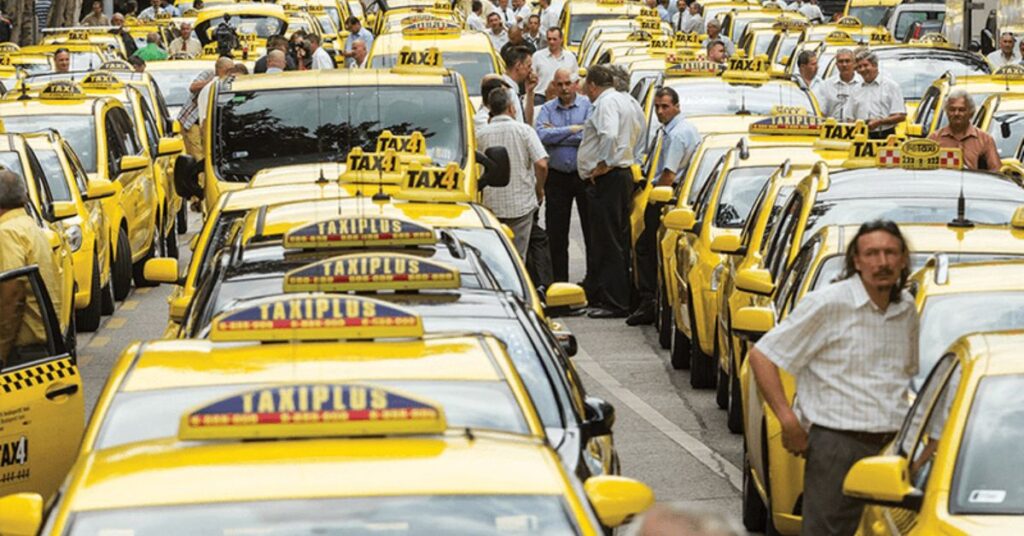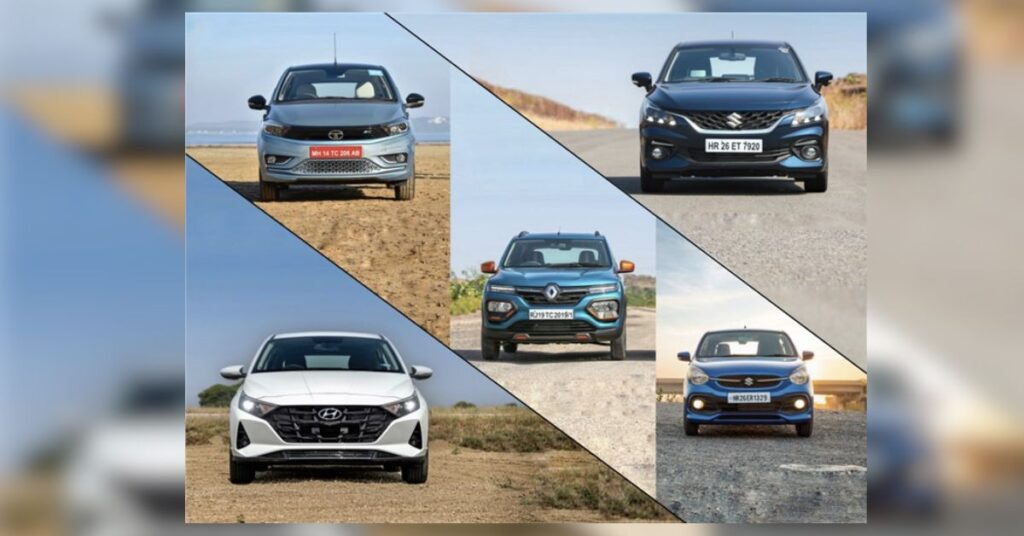Over the years, compressed natural gas (CNG) cars in the Indian market have evolved significantly. Initially introduced as a low-cost alternative to petrol, CNG gained popularity in the early 2000s as a retro-fitted option. However, in the 2010s, car manufacturers like Maruti Suzuki began offering factory-fitted CNG kits, starting with models like the Alto.
Initially targeted at public transport, CNG faced a perception shift as carmakers started providing more CNG models. Private car owners began considering CNG as a viable option. Today, car manufacturers such as Maruti, Hyundai, Tata, and Toyota offer CNG variants, with Maruti leading the race.
Unlike earlier CNG cars that were limited to entry-level or mid-spec variants, manufacturers now offer CNG kits on higher-specced or range-topping trims. This has led to CNG cars being more feature-rich, with models like the Maruti Baleno/Toyota Glanza, Tata Altroz, and Toyota Hyryder offering premium features and safety equipment such as touchscreen systems, auto AC, sunroofs, reversing cameras, airbags, and electronic stability control.
Improvements in CNG cars also include uncompromised boot space, exemplified by models like the Tata Altroz and Maruti Grand Vitara/Toyota Hyryder. These cars have well-designed boot ergonomics, allowing the CNG tanks to be placed deep inside the boot or under the boot floor. The Tata Altroz and Maruti Grand Vitara/Toyota Hyryder also became the first premium CNG cars in India.
Powertrain upgrades have enhanced the performance, safety, and fuel efficiency of CNG cars. The technology improvements have resulted in CNG cars delivering better performance, comparable to their petrol counterparts. The suspension, chassis, body framework, and braking systems have also been improved to handle the additional weight of the CNG tanks. This has led to no compromise in terms of performance and safety.
Furthermore, the number of CNG refueling stations has been growing to address the concerns of long queues and limited network. As of July 2022, there were already over 4,500 CNG pumps in India. The government plans to increase the number of refueling units to more than 8,000 by 2024, further boosting the sales of CNG cars.
In summary, CNG cars have evolved in the Indian market to offer affordability, more variants with advanced features, improved powertrains, and a growing refueling station network. These advancements have made CNG cars a viable and attractive option for car buyers in India.
Read More:




